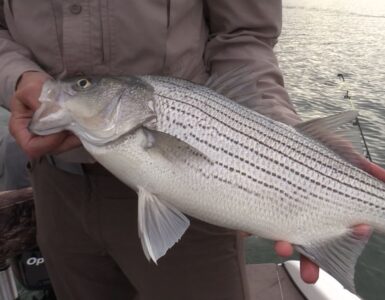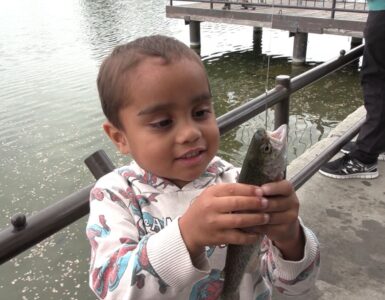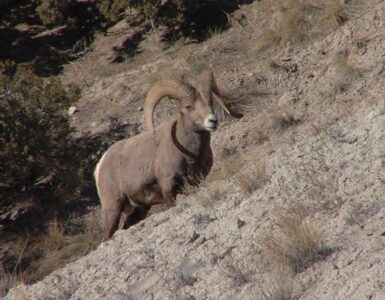Tonight, Wildlife Biologist Dennis Southerland, shows us how to tell the difference between a male and a female turkey and whether or not you are looking at a juvenile or an adult bird.
<(Dennis) It's a common question because often times jakes will not have a beard long enough to be visible.>
<(Dennis) We've got two helpers here holding a hen and a tom right now and you can tell by the breast feathers.>
<(Dennis) this is a male bird and the breast feather on a male, they are always tipped with black. On the female, the breast feathers, this only works on breast feathers now, the tips are white or cream colored.>
<(Dennis) You can look on these primary flight feathers. The adult birds will have banding, the white band, clear almost to the tip. Where an immature bird the banding will stop an inch or inch and a half from the tip. Like this is an immature feather and here is an adult feather that's coming in, it's a short feather.>
<(Dennis) so as long as there is one of these immature feathers on your wing, that means that was last summers or last springs hatch.>
Another way to tell if a bird is mature or not is by looking at the tail feathers. If the bird has uneven tail feathers, that is the middle feathers are longer than the outer feathers, well then you’ve got an immature jake or jenny. The shorter feathers are replaced will longer feathers after the bird molts and becomes an adult.







Add comment